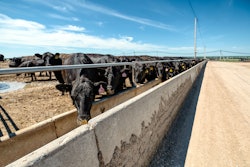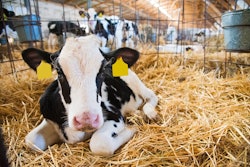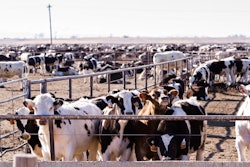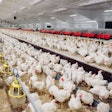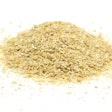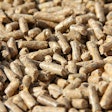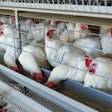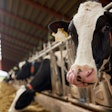
Breeding dairy cows using a beef sire takes extra effort and perhaps cost if the selected beef breed has promise. So, some producers are skeptical whether this practice is worth the cost. This is a real concern as the marbling score of such crossbred calves does not appear to improve with the beef breed involved (this needs further work on the nutrition aspect).
In a recent study, beef on dairy vs. pure dairy calves were finished to the same final empty body weight fat content (28%). As it was seen in a recent study, marbling was not different. The sire side did not improve this highly prized meat characteristic. The same lack of any difference was observed in all U.S. Department of Agriculture Quality Grades, meaning beef did not improve the technical characteristics of carcass quality. Here, it would be interesting to see if the same was also true on meat quality – the eating experience at the table.
On the question at hand, beef-sired calves provided a financial incentive of slightly more than US$200 per head compared with dairy calves. This was due to better feed efficiency and greater carcass yield, although growth rate and dry matter intake was the same for each cross. This is slightly different from what was previously reported.
It should be noted that, in both studies, beef on dairy calves were fed just like any beef calf. In my experience, and much work done in the U.K. during the last decade of the past century, these crosses should be fed differently to take advantage of the early maturing qualities of beef breeds such as Angus and/or the high yield of late-maturing breeds such as Charolais or Limousin.


